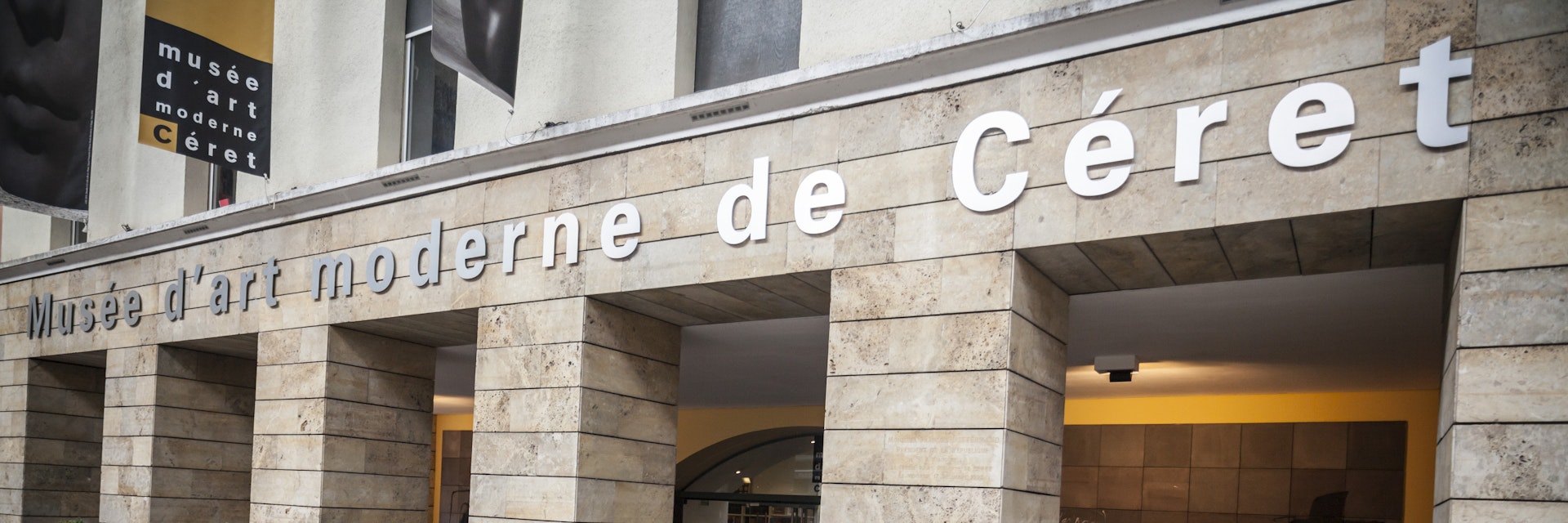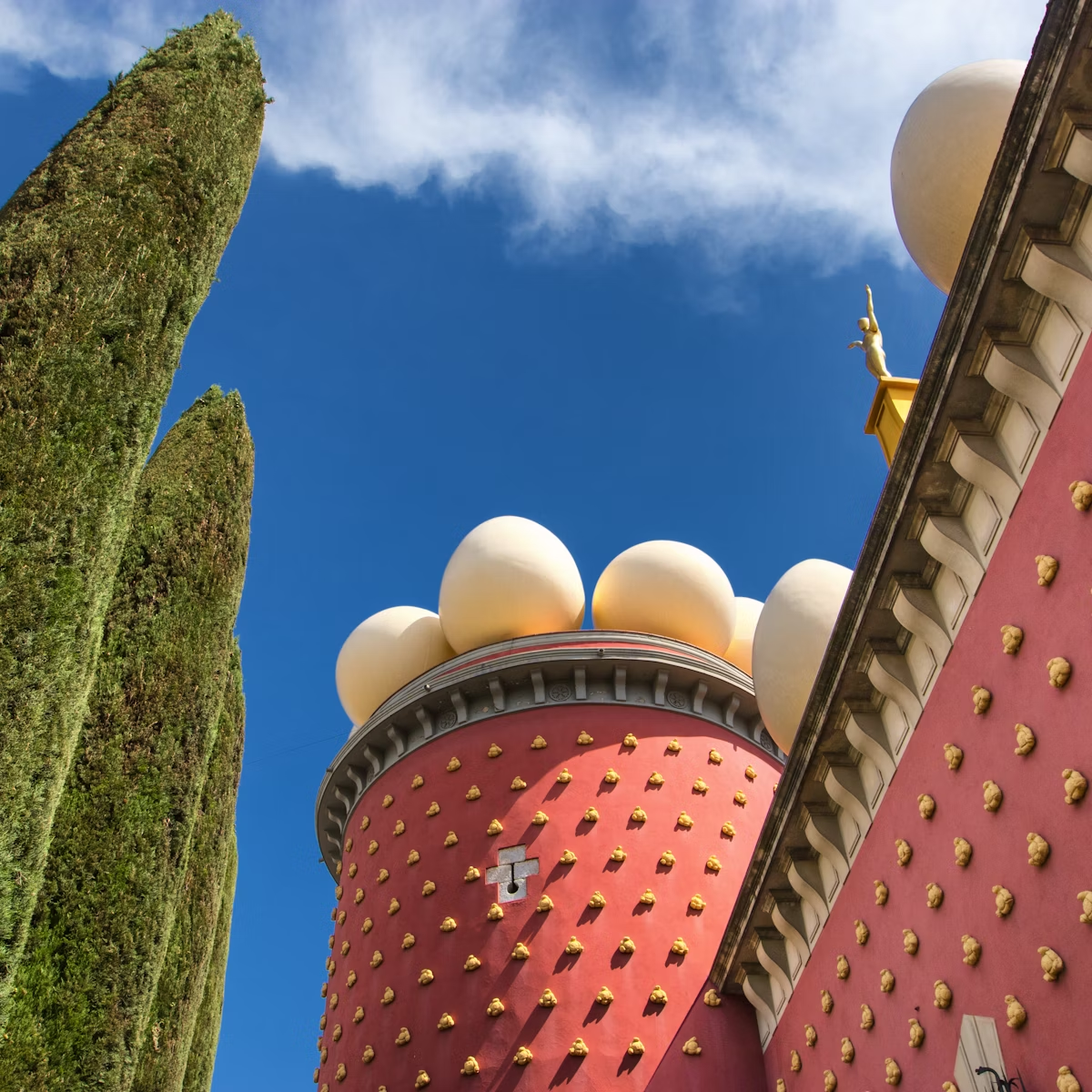Roussillon had its artistic heyday around the turn of the 20th century, when Fauvist and cubist artists flocked here, attracted by the searing colours and sun-drenched landscapes. This wonderful museum was created in 1950 by Pierre Brune and Frank Burty Haviland, who convinced friends including Picasso, Matisse, Chaïm Soutine and Georges Braque to donate works. The result is one of the finest collections of modern art outside Paris. Take your time – this place is a real treat.
Céret’s artistic connections stretch back to 1910, when Catalan sculptor Manolo Hugué, painter Frank Burty Haviland and composer Déodat de Séverac settled here. They were followed in 1911 by Pablo Picasso and Georges Braque, along with other significant figures from the cubist and Fauvist movements, mostly escaping the spiralling rents and stifling atmosphere of the Montmartre art scene.
All the big names passed through Céret, sometimes staying for a short while, sometimes for extended periods. Reading like a who’s who of modern art, the list includes André Masson, Max Jacob, Juan Gris, Raoul Dufy, Jean Cocteau, Chaïm Soutine, Amedeo Modigliani, Marc Chagall, Salvador Dalí and Joan Miró.
After the museum’s formation in 1950, many of these artists (or their estates) chose to donate their works for free in recognition of Céret’s importance to their artistic development (Picasso alone donated 57 pieces, although only one painting, a still life of a dead crane and a jug).
Standout works include a moving The War (1943) by Marc Chagall, 29 ceramic cups painted with bullfighting scenes by Picasso, and a famous cubist view of Céret by Chaïm Soutine, painted in 1919 – but there are many more to discover.





